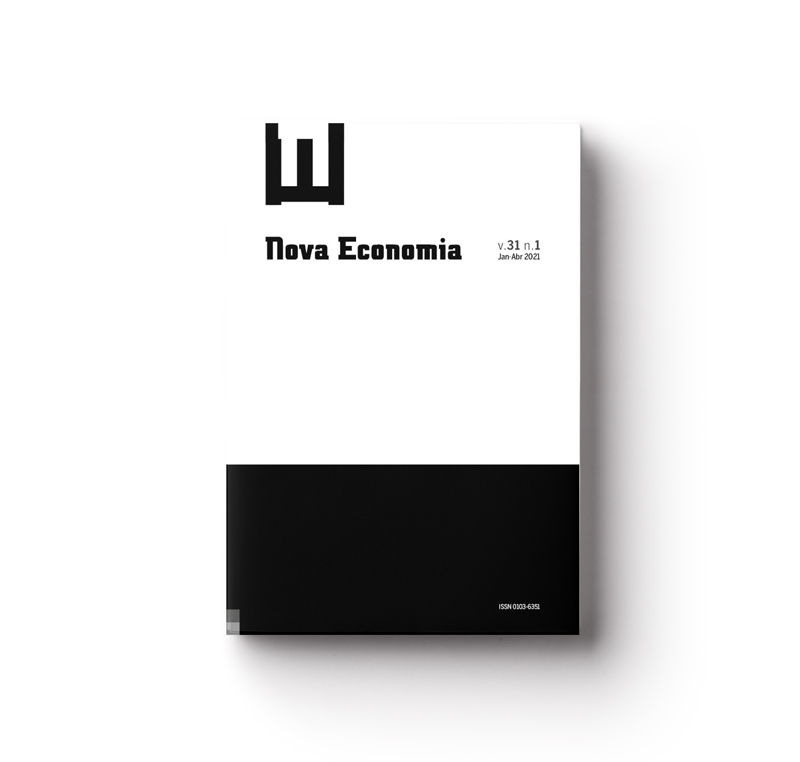Demand-led growth and functional income distribution in Brazil from 1952 to 2017
Abstract
This work aims to investigate the effect of changes in functional income distribution on growth in Brazil from 1952 to 2017. Following the neo-Kaleckian and Supermultiplier growth and distribution theories, it is possible to obtain two types of such effects. First, a level effect, predicted by both models, establishes a direct relationship of the wage share on the level of output through changes in the components of aggregate demand. Secondly, a growth effect occurs only in the neo-Kaleckian models and is the causal relationship between the wage share and output growth through the rate of capital accumulation. We analyzed the presence of these two effects in the empirical literature and found no evidence of a long run growth regime through capital accumulation as would be expected in the neo-Kaleckian model. However, we find empirical evidence that investment is an induced component of demand as is expected in the Supermultiplier model.
Downloads
Published
How to Cite
Issue
Section
License
Copyright (c) 2021 Joana David Avritzer, Fabio Neves Peracio de Freitas, Julia De Medeiros Braga

This work is licensed under a Creative Commons Attribution 4.0 International License.
Authors who publish with this journal agree to the following terms:
- Authors retain copyright and grant the journal right of first publication with the work simultaneously licensed under a Creative Commons Attribution 4.0 International License that allows others to share the work with an acknowledgement of the work's authorship and initial publication in this journal.
- Authors are able to enter into separate, additional contractual arrangements for the non-exclusive distribution of the journal's published version of the work (e.g., post it to an institutional repository or publish it in a book), with an acknowledgement of its initial publication in this journal.
- Authors are permitted and encouraged to post their work online (e.g., in institutional repositories or on their website) prior to and during the submission process, as it can lead to productive exchanges, as well as earlier and greater citation of published work (See The Effect of Open Access).




